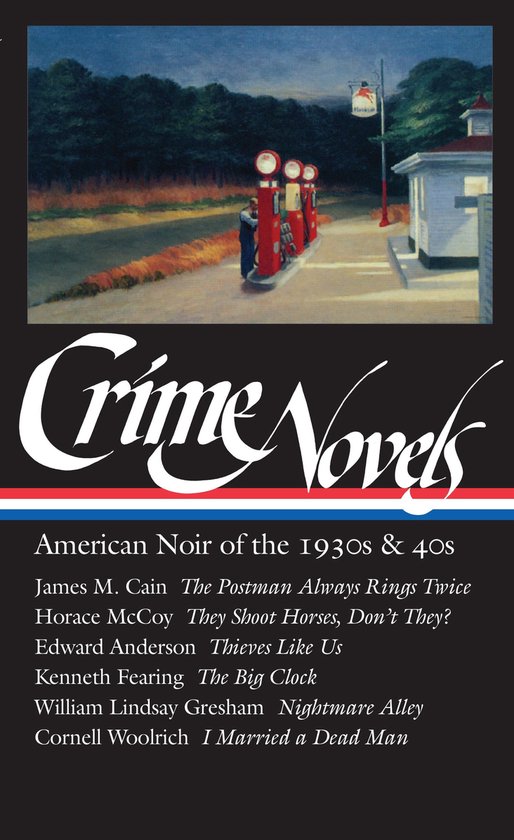
Crime Novels: Four Classic Thrillers 1964-1969 (LOA #371)
In the 1960s the masters of crime fiction expanded the genres literary and psychological possibilities with audacious new themes, forms, and subject matterhere are four of their finest works
This is the second of two volumes gathering the best American crime fiction of the 1960s, nine novels of astonishing variety and inventiveness that pulse with the energies of that turbulent, transformative decade.
In Margaret Millars The Fiend (1964) a nine-year-old girl disappears and a local sex offender comes under suspicion. So begins a suspenseful investigation of an apparently tranquil California suburb which will expose a hidden tangle of fear and animosity, jealousy and desperation.
Ed McBain (a pen name of Evan Hunter) pioneered the multi-protagonist police procedural in his long-running series of 87th Precinct novels, set in a parallel Manhattan called Isola. Doll (1965) opens at a pitch of extreme violence and careens with breakneck speed through a tale that mixes murder, drugs, the modeling business, and psychotherapy with the everyday professionalism of McBains harried cops.
The racial paranoia of a drunken police detective in Run Man Run (1966) leads to a double murder and the relentless pursuit of the young Black college student who witnessed it. In Chester Himess breathless narrative, New York City is a place with no safe havens for a fugitive whom no one wants to believe.
In Patricia Highsmiths The Tremor of Forgery (1969) a man whose personality is disintegrating is writing a book called The Tremor of Forgery about a man whose personality is disintegrating, like a mountain collapsing from within. Stranded unexpectedly in Tunisia, Howard Ingham struggles to hold on to himself in a strange locale, while a slightly damaged typewriter may be the only trace of a killing committed almost by accident.
Volume features include an introduction by editor Geoffrey O'Brien ( Hardboiled America), newly researched biographies of the writers and helpful notes, and an essay on textual selection.
This is the second of two volumes gathering the best American crime fiction of the 1960s, nine novels of astonishing variety and inventiveness that pulse with the energies of that turbulent, transformative decade.
In Margaret Millars The Fiend (1964) a nine-year-old girl disappears and a local sex offender comes under suspicion. So begins a suspenseful investigation of an apparently tranquil California suburb which will expose a hidden tangle of fear and animosity, jealousy and desperation.
Ed McBain (a pen name of Evan Hunter) pioneered the multi-protagonist police procedural in his long-running series of 87th Precinct novels, set in a parallel Manhattan called Isola. Doll (1965) opens at a pitch of extreme violence and careens with breakneck speed through a tale that mixes murder, drugs, the modeling business, and psychotherapy with the everyday professionalism of McBains harried cops.
The racial paranoia of a drunken police detective in Run Man Run (1966) leads to a double murder and the relentless pursuit of the young Black college student who witnessed it. In Chester Himess breathless narrative, New York City is a place with no safe havens for a fugitive whom no one wants to believe.
In Patricia Highsmiths The Tremor of Forgery (1969) a man whose personality is disintegrating is writing a book called The Tremor of Forgery about a man whose personality is disintegrating, like a mountain collapsing from within. Stranded unexpectedly in Tunisia, Howard Ingham struggles to hold on to himself in a strange locale, while a slightly damaged typewriter may be the only trace of a killing committed almost by accident.
Volume features include an introduction by editor Geoffrey O'Brien ( Hardboiled America), newly researched biographies of the writers and helpful notes, and an essay on textual selection.
| Auteur | | Margaret Millar |
| Taal | | Engels |
| Type | | Hardcover |
| Categorie | | Thrillers & Spanning |





